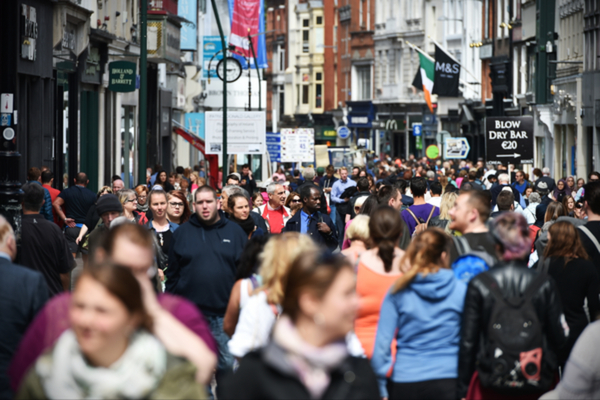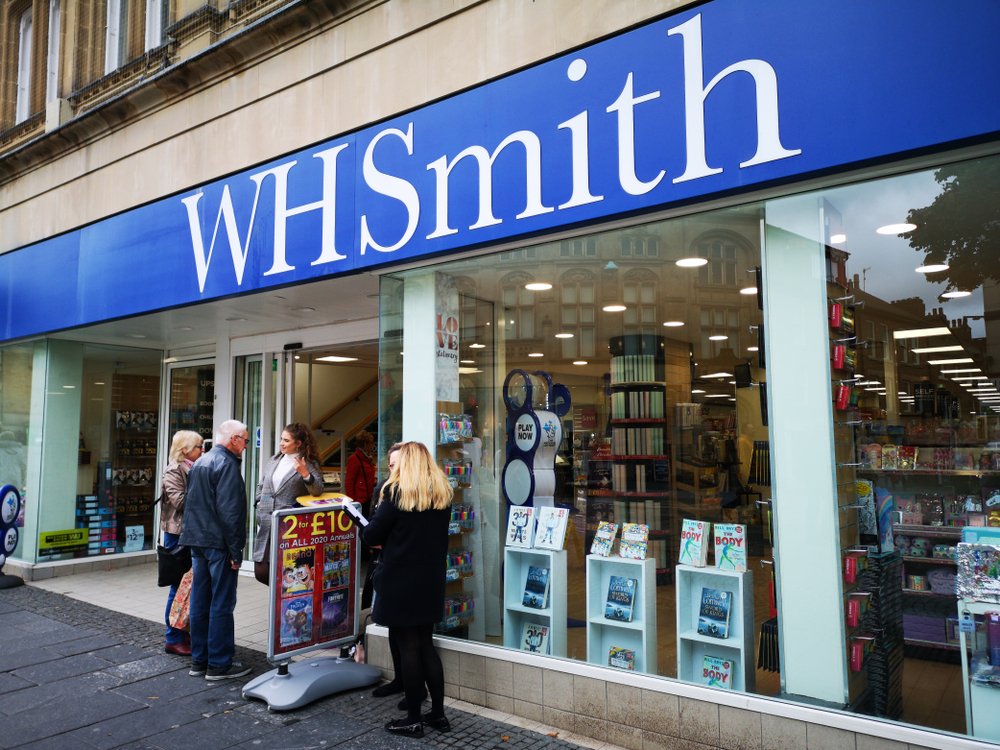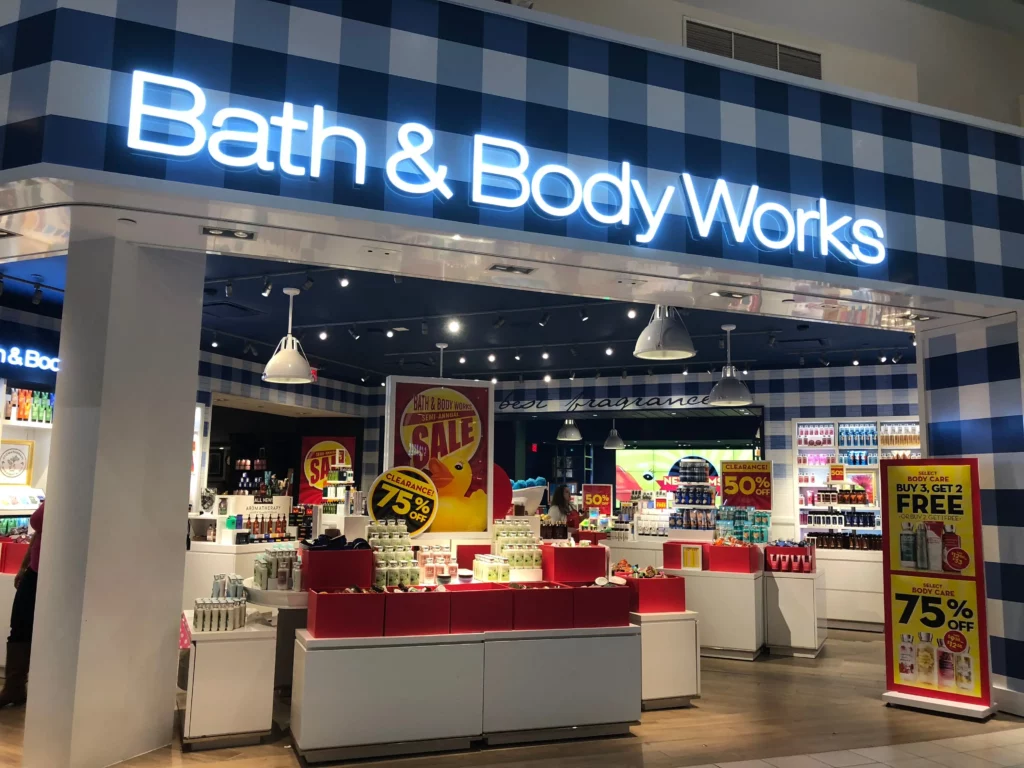Inflation unexpectedly remained flat at 2.6 per cent in July, raising hopes that it has “peaked”.
The latest figures from the Office of National Statistics (ONS) reveal that the Consumer Price Index still remains well above the Bank of England‘s two per cent target, but fared better than analysts‘ gloomy predictions of a 2.7 per cent rise.
Food and clothing prices were the worst effected according to the ONS, with rising prices of meat and sauces largely offset by a fall in petrol and diesel prices.
Despite the results, the Retail Price Index rose by 3.4 per cent, representing a continuing squeeze on household spend.
“It now looks quite possible inflation has peaked, and will fall back further in coming months,” Hargreaves Lansdown‘s senior economist Ben Brettell said.
“The year-on-year increase in producers‘ raw material costs fell to 6.5 per cent in July – undershooting forecasts for a seven per cent rise.
READ MORE: March towards inflation grinds to a halt
“This was down from 10 per cent in June, the biggest month-to-month slowdown in almost five years.
“Input prices are a leading indicator for consumer price inflation as higher input prices are often ultimately passed on to the consumer, and therefore a lower number here could bode well for softer consumer prices down the line.
“All this is good news for the consumer, as it helps alleviate the continuing squeeze on household finances, though pay is still shrinking in real terms for now.”
Alex Marsh, managing director at Close Brothers Retail Finance, said the inflation rate of 2.6 per cent has a “knock on effect” on consumer spending, stifling disposable income.
“Coupled with the fall in real wages, July saw consumer confidence at rock bottom and left retailers in a vulnerable position as consumers were priced out of purchasing many of their desired products,” Marsh said.
“Retailers also felt the pinch from the weak pound in July, as their own costs increased and they were left with the difficult decision of whether to absorb the costs or pass them onto the consumer.
“In order to help consumers feel they‘ve got their spending power back, retailers can offer flexible payment options such as the ability to spread payments over time.”
Click here to sign up to Retail Gazette‘s free daily email newsletter

















